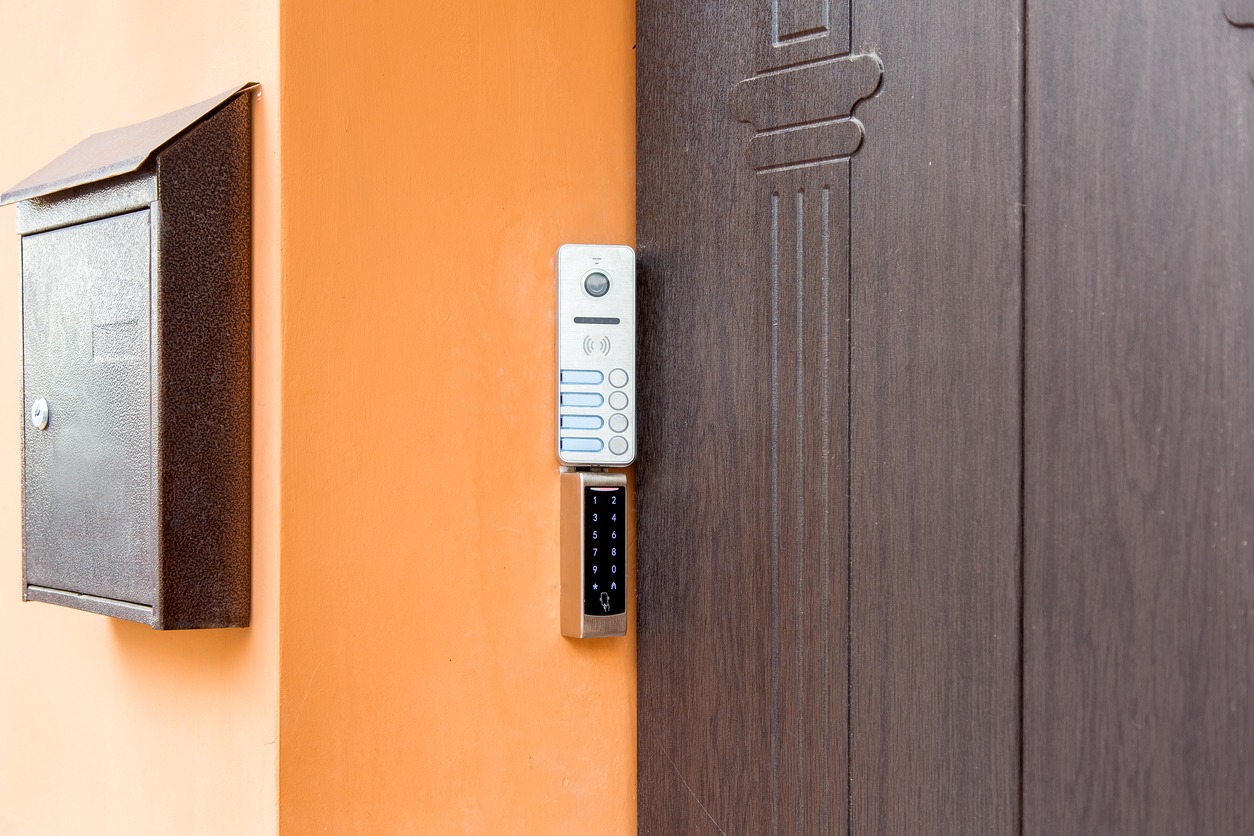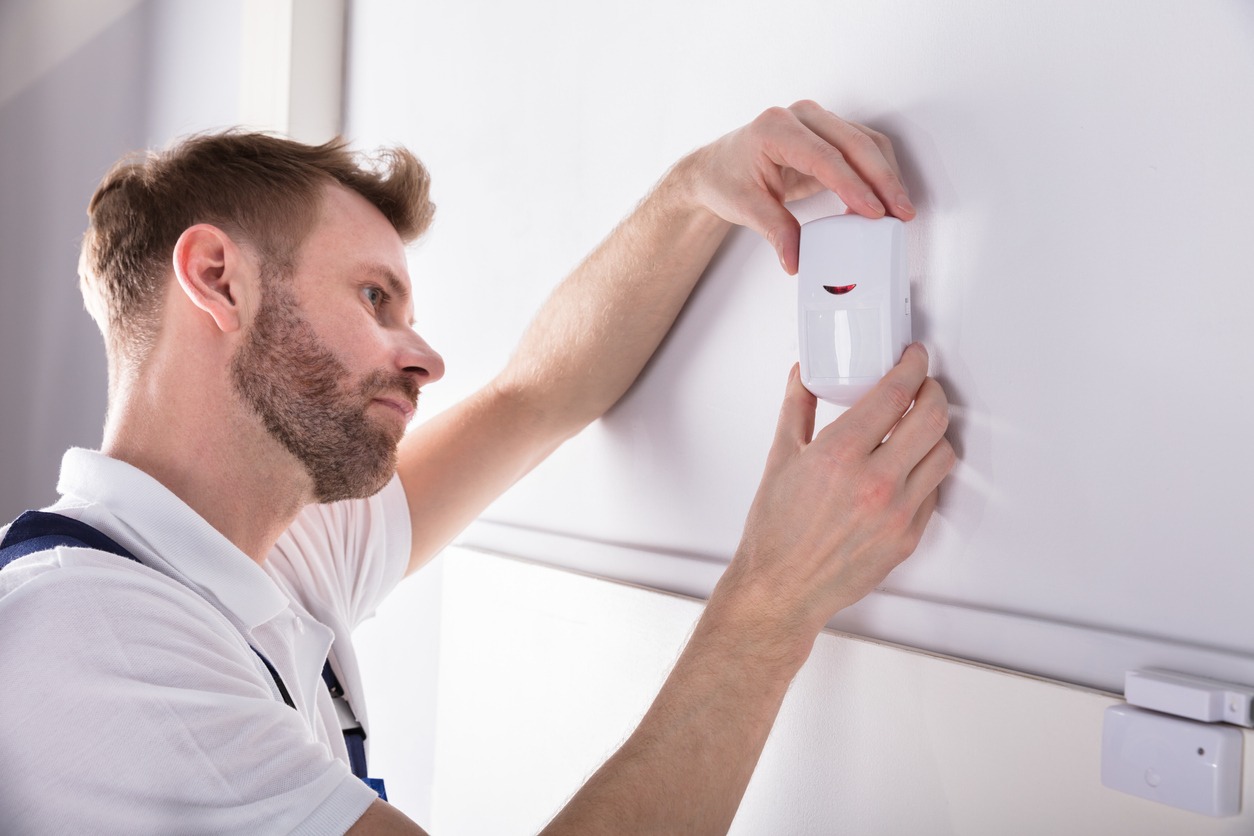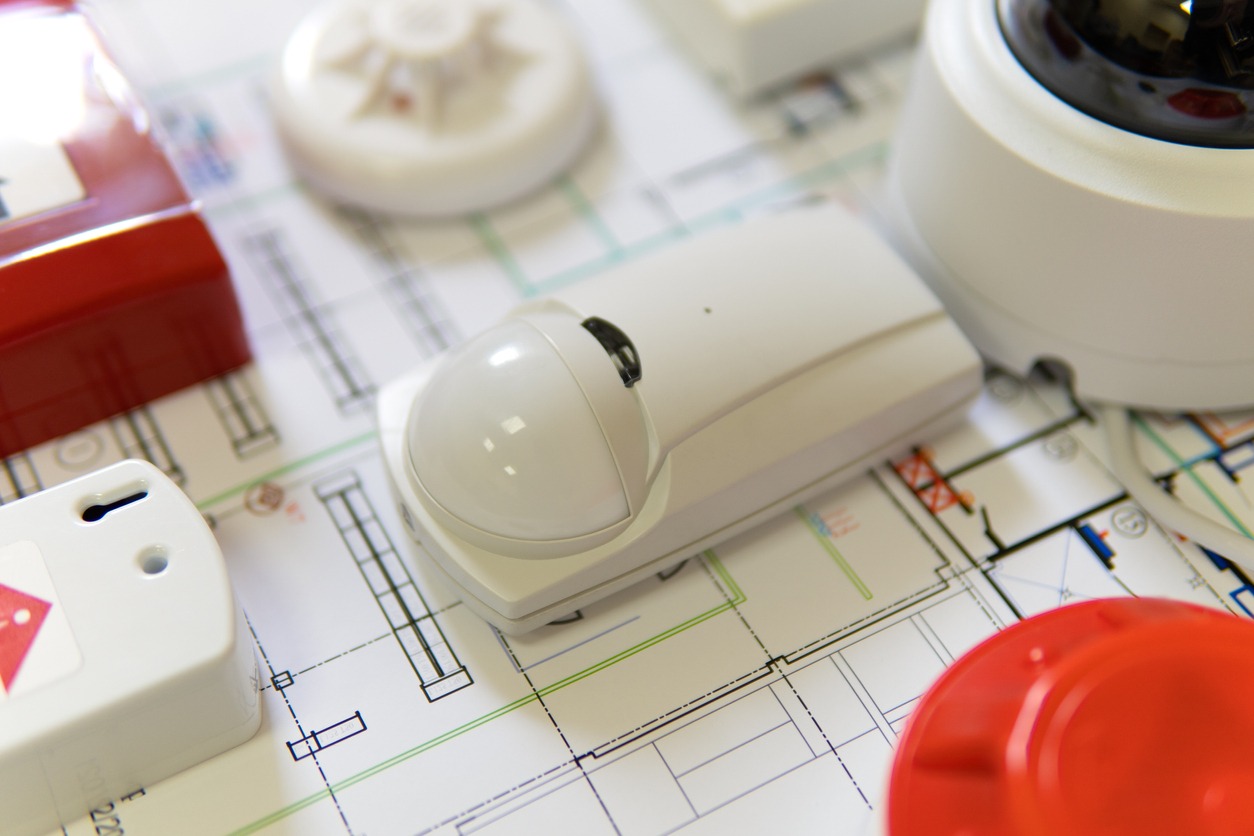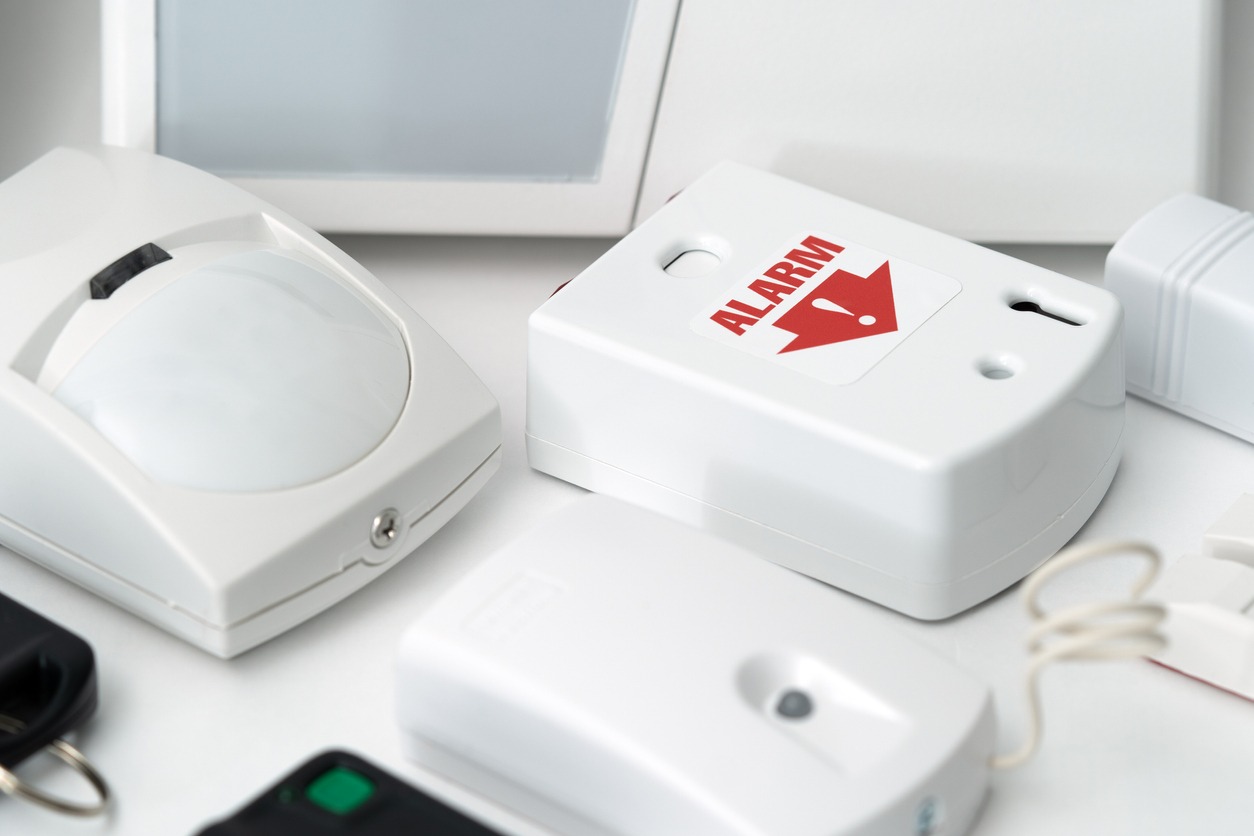As security becomes increasingly important in today’s world, more and more people are turning to door alarms as a way to protect their homes, businesses, and loved ones. But what exactly is a door alarm, and how does it work?
Door alarms are electronic devices that notify you when someone enters or exits a particular area. They function by sending a signal to a control panel when the door is opened or closed, setting off an alarm. Most door alarms come in a compact, easy-to-install package and can be customized to suit different types of doors.
Primary functions of door alarms
At its most basic level, a door alarm is a device that is designed to alert you when someone tries to enter a protected area, such as a door or window. These alarms come in a variety of forms, from simple motion detectors that sound an alarm when they sense movement, to more advanced systems that can be integrated with your home’s security system and monitored remotely.
Door alarms are an essential component of home security systems as they alert homeowners of any unauthorized entry into their homes or businesses. They are designed to emit a loud noise, which can deter burglars from entering your property and also alert you and your neighbors of any suspicious activity.
Apart from being a security measure, door alarms have several other uses. For instance, they can be used to keep track of wandering toddlers and pets. If a door is opened, the alarm will sound, alerting you that your child or pet has left the room. This is particularly useful for parents who want to keep an eye on their children as they play or sleep.
Door alarms are also used in commercial settings, such as hotels, hospitals, and offices, to monitor the entry and exit of staff and visitors. They are an excellent way to keep track of employees who are entering restricted areas, preventing theft and other issues that may arise from unauthorized access within the property premises.
There are various types of door alarms these days, the most common of which are contact sensors, motion alarms, and door and window sensors.
Contact sensors
Contact sensors are designed to go off when the contact between the two parts of the alarm is broken. These alarms usually come with two contacts, with one placed on the door and the other on a nearby wall. When the contacts are touching, there is no sound, but when it breaks, an alarm goes off. This type of door alarm is efficient and useful in situations where an unwanted intrusion is detected.
One of the primary benefits of contact sensor alarms is their ability to deter burglars. The presence of an alarm system can make it less likely for a criminal to attempt a break-in.
In addition, contact sensor alarms can provide peace of mind for property owners by ensuring that their assets are protected. Finally, contact sensor alarms can provide valuable evidence in the event of a break-in, which can assist law enforcement in catching and prosecuting the perpetrator.
Motion alarms
A motion alarm detects any movement within its range and triggers an audible alarm to alert the homeowner or security personnel. The alarm works by using infrared sensors or other motion detection technologies to pick up any movement. These alarms are commonly used in homes, businesses, and public places to enhance security and deter burglars or intruders.
Motion alarms are easy to install and operate and can be programmed to activate only during certain times of the day or when certain areas of the property are being accessed.
One of the key advantages of motion alarms is that they detect any movement within their range and immediately alert the owner or monitoring service. This prompt notification allows for quick response times and reduces the chances of theft or vandalism.
Motion alarms are highly customizable, allowing users to adjust the sensitivity and range to meet their specific needs. These devices are also relatively easy to install and require minimal maintenance, making them a cost-effective security solution in the long run.
Door alarms also differ according to use -either as door-open or door-forced-open alarms.
Door-open alarms
These alarms are designed to activate once a door is opened by an intruder and held open for a specific duration of time. With the programmable door-held-open time, it is possible to monitor if a door is being used by an authorized individual. The use of a door alarm serves as an effective warning system, alerting owners of a potential security breach through a chime, loud siren sound, flashing light, or a combination of all three.
Door-open alarms are an inexpensive and practical way to enhance security and peace of mind in any building or facility.
Door-forced-open alarms
These alarms are designed to detect when a door is opened by force, activating the switch contact and sending an alert to the owner or security personnel. The alarms can be set up to trigger an audible siren, send a notification to a mobile device, or even contact law enforcement. The primary purpose of these alarms is to deter potential intruders and prevent unauthorized access to secure areas.
The benefits of installing door-forced-open alarms in a home or building are numerous. They deter intruders and prevent unauthorized access to sensitive areas. They also provide an added layer of protection to high-risk areas such as data centers, laboratories, and storage rooms.
Door alarm features to consider
Investing in a door alarm is a simple yet effective way to deter intruders and keep your family safe. However, not all door alarms are created equal, and it’s important to consider certain features when choosing the best one for your needs.
Remote access – Look for an alarm that comes with an app, allowing you to easily control the alarm system from your smartphone or tablet. With remote accessibility, you can turn the alarm on and off even when you are far from home, giving you peace of mind that your property is protected at all times.
Camera access – This feature can be particularly useful when you are away from home, as it provides an extra layer of security and peace of mind. In the event of an intrusion, a door alarm with a camera can also help identify the perpetrator.
Pet protection – If you’re a pet owner, investing in a door alarm with pet protection is crucial. With motion sensors that distinguish between an intruder and a pet, you can avoid false alarms caused by your furry friend’s movements. This feature provides peace of mind, knowing that you’ll only be alerted when there’s an actual threat to your home’s security.




